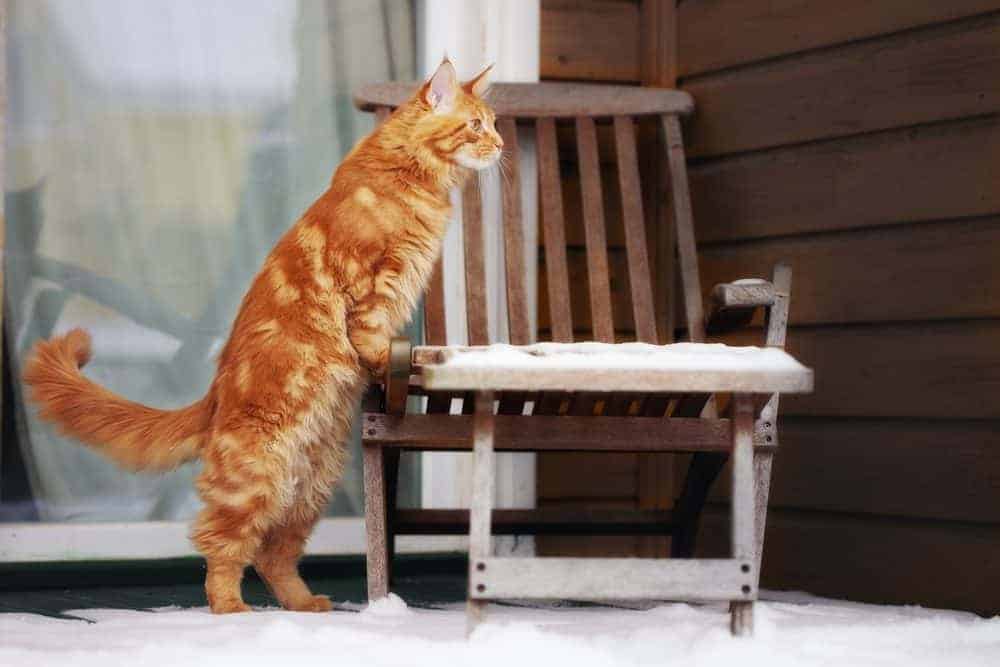
When it comes to understanding our cats, us humans have a big job on our hands. As solitary hunters who have to look after themselves rather than relying on the ‘pack’ like social canines, felines are hardwired to hide their emotions and are notoriously ‘poker-faced’. However, our pet cats do provide plenty of signals that reveal how they’re feeling, as long as you know what to look for.
“Since cats are such different animals from us, understanding how they communicate isn’t something that comes naturally to humans,” states Kelly C Ballantyne, clinical assistant professor at the University of Illinois College of Veterinary Medicine. “It is important that all cat owners take the time to learn because understanding how cats communicate helps us to understand them better. Once we know their body language, we can read their emotions, identify situations that cause them distress or pleasure and even identify an illness sooner.”
Along with eyes and ears, a cat’s tail can be the key to understanding what they’re thinking. You just need to learn what cat tail language means. Some of it is quite straightforward, some of it is rather subtle. Of course, every cat is an individual, but if you make the effort to understand what the tail is telling you, it will be greatly appreciated by your feline friend.
Tail talk – lost in translation?
Straight up
A cat approaching you with tail pointing straight up is happy and confident and offering you a greeting – you often see it when they are coming home or when they want your attention. Always acknowledge their greeting and give them a bit of fuss.
The mid-tail wag
If you cat is moving their whole tail from side-to-side, level with their body while pacing, this can mean they’re feeling indecisive. Give them some time and space to make their mind up about whatever it is they’re contemplating.
All a quiver
A quivering tail can be a marking behaviour, although in some situations, it can be a greeting behaviour your cat uses to show they’re excited to see you. They will expect you to return the greeting.
The question mark
If your cat approaches with their tail curled at the top like a question mark it means your cat is feeling friendly and will be receptive to you offering your hand for sniffing and petting.
Fluffed up
A bristled low or high tail reveals a cross cat. If fluffed up at the tail base – known as piloerection – your cat is very excited at being stroked – quite possibly overexcited. This tail posture could be a sign that your cat is telling you to stop as the overstimulation may result in a reactive nip.
Tail down
If you see your cat walking head and tail down, it’s likely that they are feeling uncertain and insecure.
Curved beneath
A tail curled beneath the body means your cat is feeling nervous and submissive. Don’t interact, just act nonchalant and wait for them to approach you.
The whip
A tail whipping back and forth should never be confused with a wagging happy tail exhibited by canines. In cats, this means they are feeling fearful, angry and aggressive, so back away and give them some space.
The tip twitch
If you cat is sitting upright and the tip of their tail is moving, it shows they are alert and interested – this is a good time to get some toys out and initiate playtime.
If you found this interesting, you may also like:
Read my body language
You and your cat might speak different languages, but look closer and you’ll see that your favourite feline is using their whole body to tell you how they’re feeling…
Why some cats aren’t cuddly
Some cats love to sit in a comfy lap for hours on end, but others shy away from too much physical contact. The reason for this behaviour lies in their solitary and independent nature…
Can you think like a cat?
Dogs are great at being dogs and cats are great at being cats. Experts believe we’re doing our feline companions a disservice if we compare them to canines when it comes to our relationship with them.
Sources: vetmed.illinois.edu, catster.com, cats.org.uk, pdsa.org.uk














